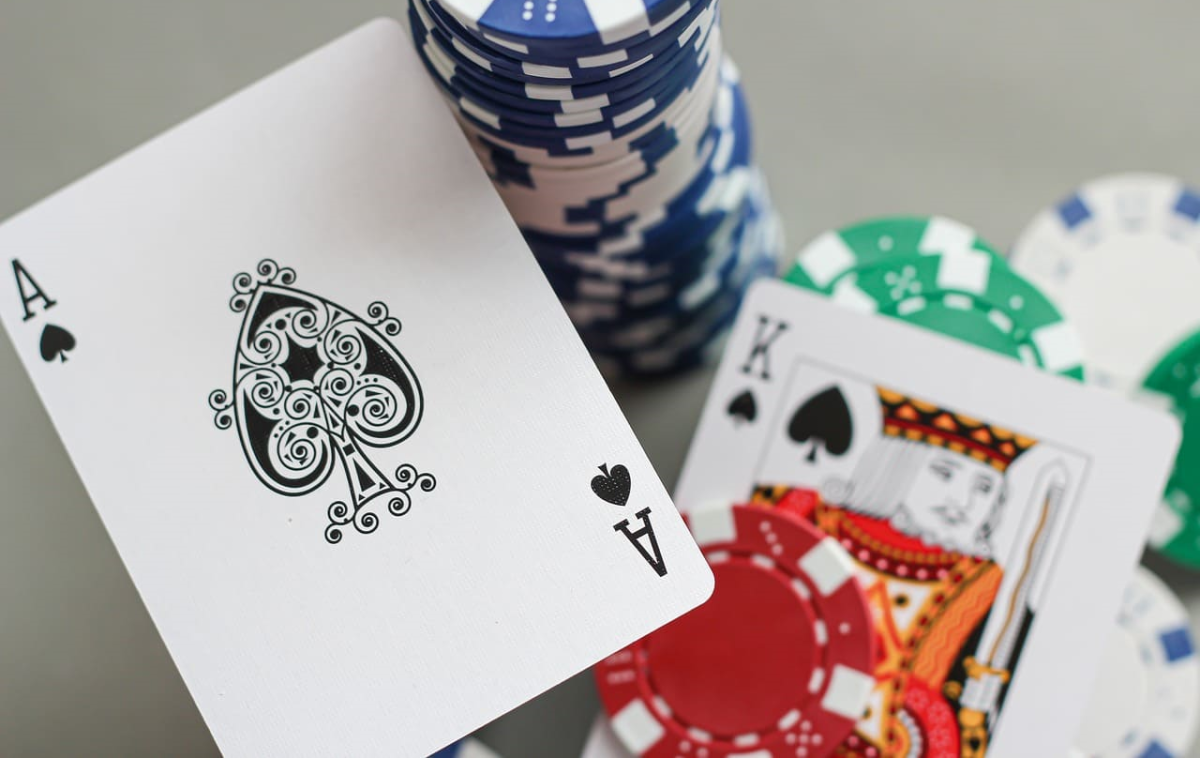On the surface, the casino table game of blackjack appears to be very straightforward. The objective is to get your hand worth as near as 21 without going over. There are only two cards dealt every hand, and you may win in a matter of seconds. The devious complexity of the game of blackjack can only be revealed by exploring the techniques and maximizing your tactics. It might be a little scary to read through the intricate tactics and various ratios and percentages, but here, we’ve got you covered. It is easy to know what are the odds on blackjack. Put your calculators aside and let us handle the odds calculation!
The odds on blackjack
This helpful guide will walk you through all the important statistics related to blackjack, including the house advantage, player odds, and the greatest chances of continually beating the dealer.
Property Edge
The house edge, or advantage the venue has over the player, is expressed as a percentage. Based on all bets placed over a lengthy period of play, the house edge determines the average return to the venue. The return-to-player (RTP) of a slot, where the remaining percentage not given to the player is collected by the venue, is the greatest indicator of house advantage. For instance, if a game has a house edge of 2%, the average revenue received by the venue based on the prolonged play would be $2 for every $100 stake.
The lowest house edge is in blackjack, where the house has a 0.5% advantage over the player. Similar to this, online blackjack games offer some of the greatest return-to-player (RTP) rates, with many of them falling into the 99%+ range.
House odds and bust likelihood in blackjack
Now that we are aware of the House Edge, let’s deal some cards. There is a tactic we may use against the Dealer to determine their success percentage before we even look at our hands. The end aim is for the dealer to lose money since it would be an immediate victory for us. The first dealer card that the player sees, known as the up card, may appear to be pure luck, but with a little math, we can forecast the average bust rate. Here is a quick reference guide to aid with your memory:
First card seen after a face-up drawing is the “up card.”
A hand value that is higher than 21 is a “bust-out.”
| Dealer up card | Burst Rate |
| 2 | 35.30% |
| 3 | 37.56% |
| 4 | 40.28% |
| 5 | 42.89% |
| 6 | 42.08% |
| 7 | 25.99% |
| 8 | 23.86% |
| 9 | 23.34% |
| 10 | 21.43% |
Blackjack Player Odds and Bust Probability
We may use the same approach we used to deal with the dealer’s hand to deal with our own hand in order to determine our success rate. We already know our two-card hand, which is the largest difference. We want a lower likelihood of going broke on a hit than the dealer. To maximize your two-card hand, see this additional little table:
Hit- Adds an additional card to the value
| Player Hand Value | Overall Odds of getting a Bust from a Hit |
| 11 and under | 0% |
| 12 | 11% |
| 13 | 39% |
| 14 | 56% |
| 15 | 58% |
| 16 | 62% |
| 17 | 69% |
| 18 | 77% |
| 19 | 85% |
| 20 | 92% |
| 21 | 100% |
Blackjack Probabilities
All of these figures boil down to one crucial question: How frequently can I anticipate winning in blackjack? Here are the probabilities for each scenario to occur at showtime:
| Player Odds of Winning | Dealer Odds of Winning | Draw Odds (Tied game) |
| 42.22% | 49.10% | 8.48% |
These odds are based on a typical Blackjack game for a recreational player. Blackjack has one of the lowest house advantages of any table casino game, despite the fact that the dealer still holds the edge. Everything depends on chance, so maybe have your lucky charm close by you when you hit the tables.
